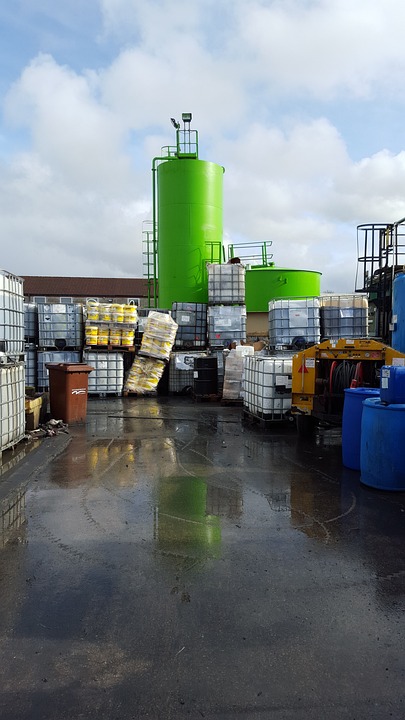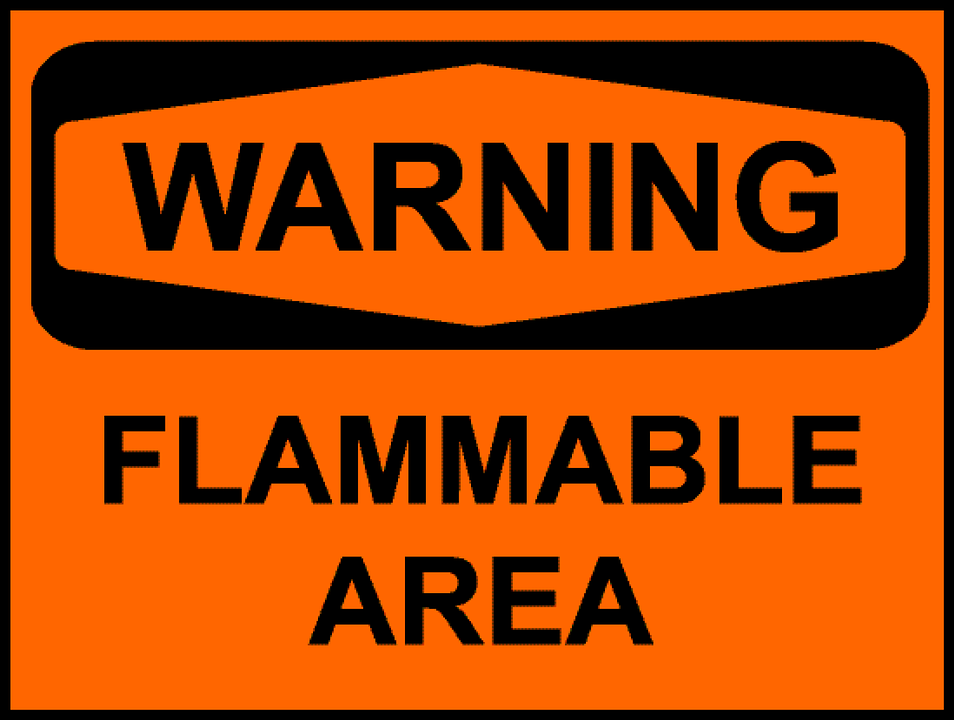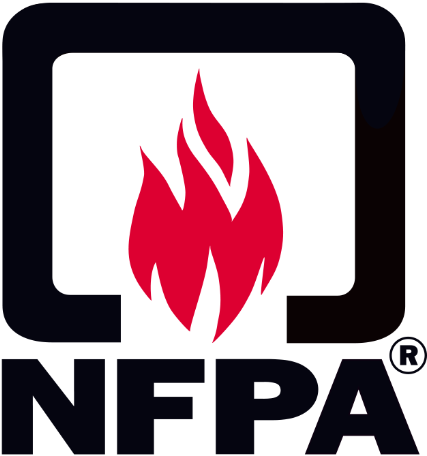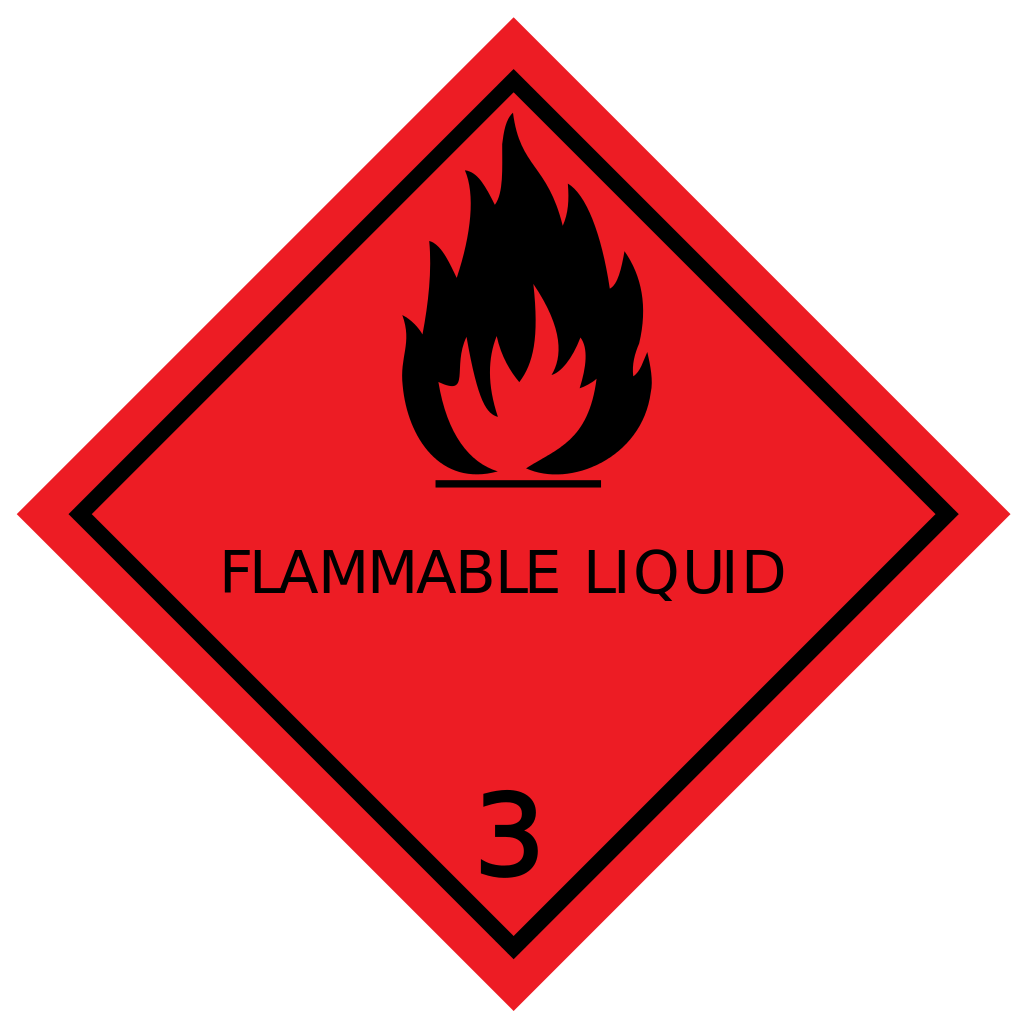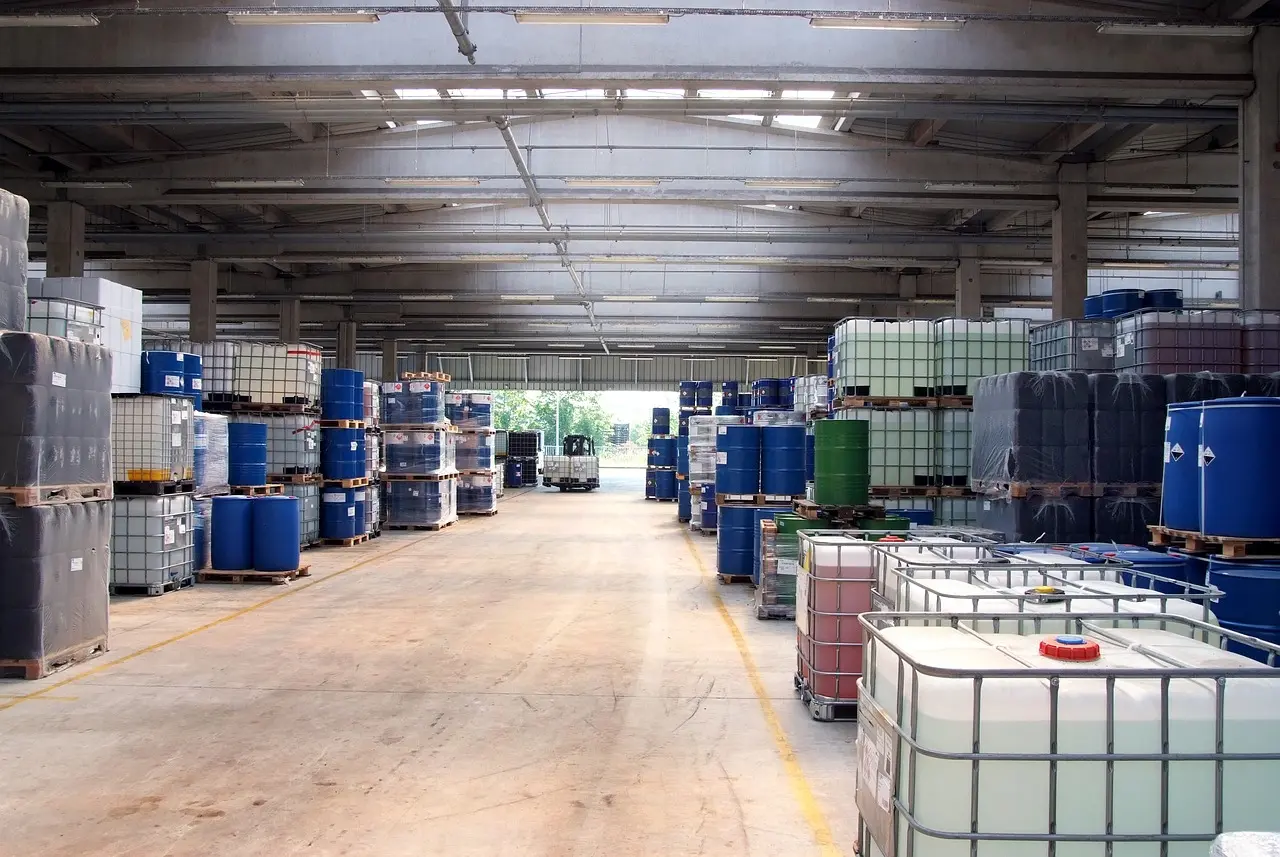What are The Requirements for Hazardous Material Storage Area?
Hazardous Storage Area Regulations OSHA, under the tutelage of the National Fire Protection Associated, enforces regulations concerning your company’s hazardous material storage area. Each industry that handles hazardous chemicals for producing finished goods or incurring residual hazardous waste must follow hazardous material storage area regulations. A hazardous material is any potentially volatile or dangerous chemical…
Details